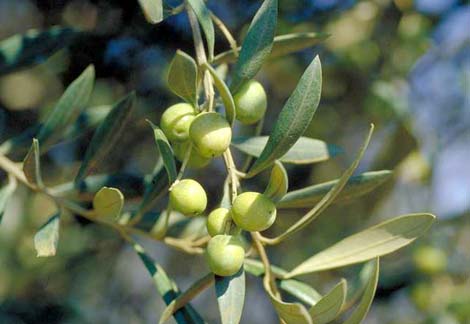This article was written by: Ireland Flights.
Besides the book fairs, museums, art galleries, and festivities that Italy boasts of, there are lots of activities that you and your family members can engage yourselves into. You will never find a dull moment in Italy because of the list of adventures that you may love and die to try. Take a quick look at the following list for a much enjoyable Europe family holiday.
Hiking or climbing. The Italian official hiking season begins by June 20 towards September 20. The trails and hiking paths are totally marked for the individuals’ guidance. Trek guides may also be arranged for should you want to try out this adventure sport. For sure you know of the Alps which is held to be the most challenging and difficult to surpass hiking treks. The other less challenging trails are those found in Tuscany and Umbria. You may also try the climbing and hiking routes of Capri, Sicily, and Sardinia.
Skiing. There is a myriad of skiing locations which await you in this nation. You can take a choice from doing a country skiing or the downhill skiing. You should however be careful with the spots that you choose because some terrains may be quite hard to take. Experts in skiing will have plenty of choices when it comes to the skiing spots.
Diving and snorkeling. These are among the overly popular water sports in Sicily. The best spots to do snorkeling and diving are in Sardinia, Ustica, and in the Tremiti Islands. Diving courses are also offered by the diving schools in really cheap fees.
Swimming. In the heights of the summer months, the mainland beaches may be really crowded yet you can always opt for other beaches around Italy.
Sailing. The sailing maps can be purchased from the tourist offices all over Italy. For the beginners in the field of sailing, you can always figure out your skills in the Archipelago della Magdalena. Windsurfing is typical in Iseo Lugano, Lake Garda, Maggiore, and Lake Como.
Fishing. The sea waters are exceptional in Sardinia and Sicily. Umbria and Tuscany offer the best spots for fishing. Fishing boats may be rented out too.
Cycling. Bicycles are usually available for rent so that the visiting tourists can easily find their way in the city.
Golfing. For the golf enthusiasts, there are plenty of golf courses all over Trentino, Sardinia, Lombardy, Lazio, Tuscany, and Calabria.
Camping. The presence of campsites is among the attractions. The camping sessions are usually held in the holiday parks of Italy.
Canoeing or river rafting. The Alps in the northern hemisphere are best for the canoeing and rafting rides.
Cooking, arts, and Italian language courses are also offered in the Italian institutes. Thus, if you want to maximize your stay and create a remarkable experience for everyone of you, you can try enrolling in these classes.
A European family trip in Italy is indeed an adventure of a lifetime that you must never afford to miss. Tour packages for trips such as these are given in discounted rates especially that you are traveling in groups. It is now or never.
Check out a travel agent nearest your place and inquire on the cheap rates that you can grab. Usually, booking in groups will allow you to get the last ticket for free. Also, don’t forget to ask about free online term life insurance quote.
For additional info on traveling please visit: Havana Holidays.




